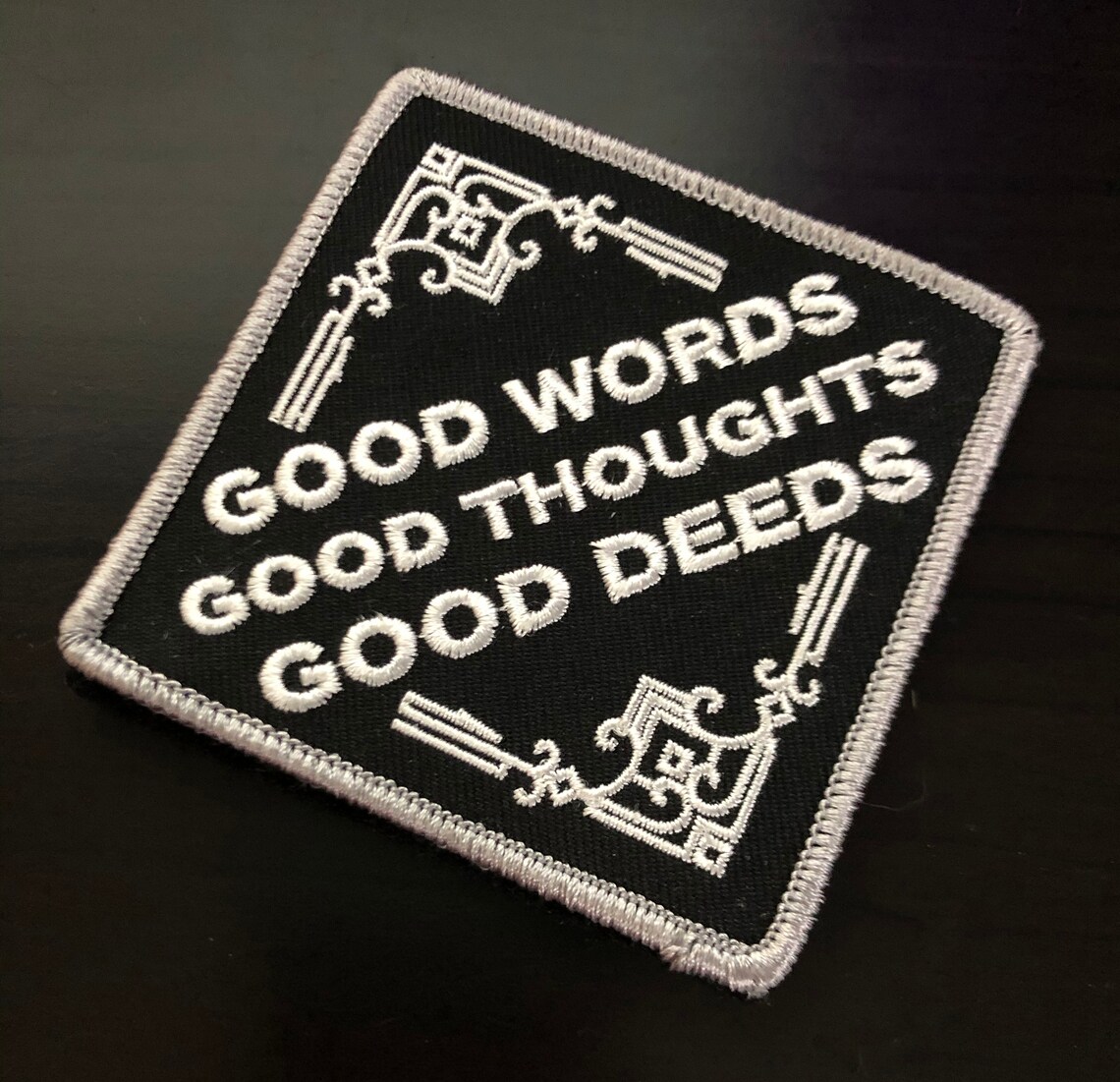

The Middle Persian or the Pahlavi renderings of the above three Avestan words are “hu-manishn hu-gōwishn, hu-kunishn.”Ī further elucidation of the threefold formula is provided in Yasna 19.19: weorðan “to become”, from the base “wer-” “to turn, bend.” The ancient NORSE RUNE “WYRD” literally “that which is in the process of happening/becoming ” is identical to the Avestan word and concept here. The root “varesh/varez means ” “to come to pass, to become.” Compare Germanic wurdiz/wurthis, Old.Slavic. “varsht” or the second part of the final and third word of the formula occurs frequently in the poetic gathas, and the combination of “húvarsht” appears also in the third line of Yasna 49.4. äussern “to utter, express.” It comes from the root “vac” voice, word, speech, expressed wish/desire. “ükhta” or the second part of the second word of the formula means “utterance, speech, word.” Compare with Germanr. medesthai “think about,” medon “ruler.” In Persian, the Avestan word is translated into “pendaar ” to ponder, to consider, to weigh a matter mentally. midiur “I judge, estimate,” Welsh meddwl “mind, thinking,” Gothic. “mata” or the second part of the first word of the formula “to meditate, to think over, consider.” Compare Skt. “hú or hü,” the first part of the three Avestan words means “extraction, purest essence, nectar.” It is the same as Sanskrit sú, Old High German saf, german saft, english sap. 31-33, 45-50) and the prophet can here be seen defining for his followers with simple clarity an ethical formula referred to in more subtle ways in the poetic gathas e.g first line of Yasna 34.10, third line of Yasna 45.8 and first line of Yasna 53.2. 35.2), Zoroastrian tradition with certainty, and a number of scholars with different levels of convictions, have assigned the composition of Yasna Haptaŋg.hāiti to Prophet Zarathushtra himself (K. The earliest occurrence of the formula is at the beginning of Yasna Haptaŋg.hāiti (Yasna. 19.17, the seven great Aməšhá Spəñtás or the “ahuric auspicious immortals” themselves are meditating on “húmata “hükhta húvarshta.” 120:) “the effective power of the religion’s truth lay not so much in exclamation, as in the purest essence in thoughts, words, and deeds, the guidance of the Spirit of Wisdom and worship of the yazatás or the ADORABLE VIRTUES/QUALTIES of an ALL GOOD GOD. In the Haδōkht Nask 2.24-25 the Daäna/inner eyes/insight of a righteous person, is identified with his/her good thoughts, words, and deeds by which the soul has been made beautiful/shining/brilliant and (2.33-34) the virtuous ascend through the three stages of “húmata “hükhta húvarshta,” into the eternal lights, and then the celestial house of music & songs of ahúrá mazdá.Īccording to the holy Dēnkart Bk. It simplifies our ancient religion into a very sincere belief in ALL WISE and ALL GOOD GOD, who insists on the purest essence in thoughts, words and deeds, and shapes the faith of the individuals in this world and the next, according to their thoughts, words and deeds. The motto of “húmata hükhta húvarshta” acts as a unifying factor for the community, and is the basis for far-reaching charity and philanthropy.


#Motto good thoughts good words good deeds code#
This ancient code is acknowledged by Zoroastrians of every shade of doctrinal belief. Since the time immemorial, the threefold motto of “good thoughts, good words and good deeds” has been a fundamental tenet in Zoroastrianism.


 0 kommentar(er)
0 kommentar(er)
